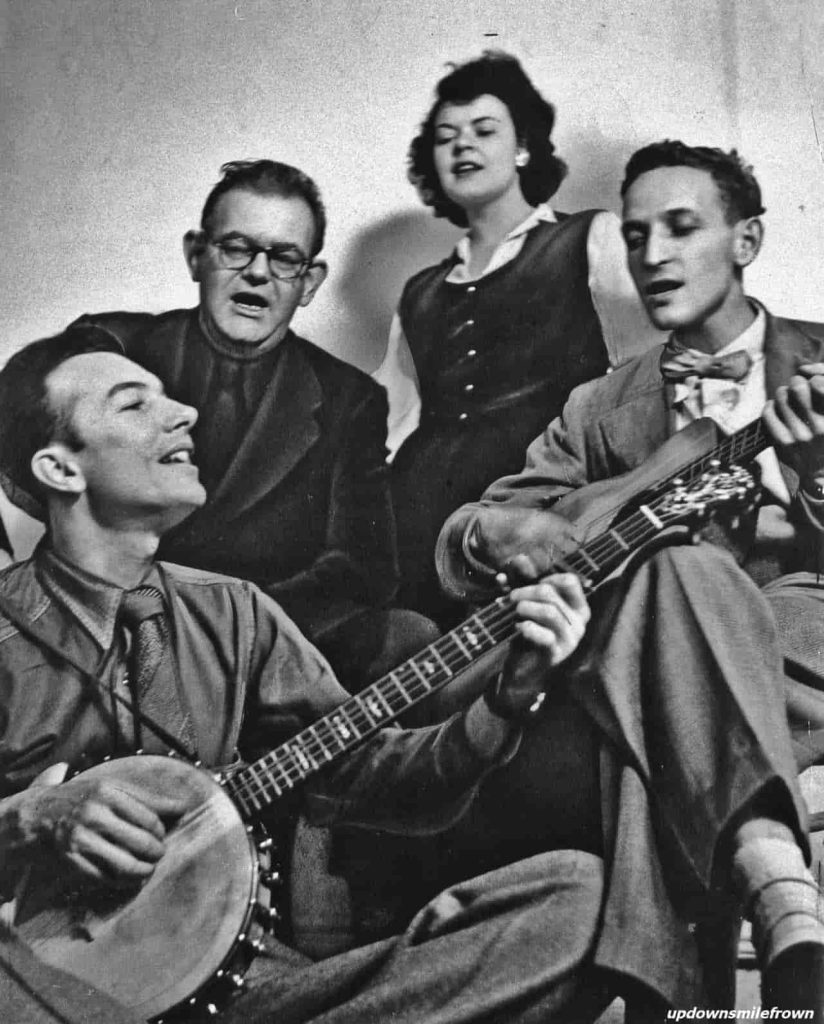
Echoes of Struggle: A Timeless Anthem of Solidarity
A raw and resonant call to social conscience, “Which Side Are You On” positioned itself as a powerful folk protest anthem, a stark question posed to a nation grappling with inequality. Released by The Weavers in 1957, this haunting rendition of the classic labor song, while not a chart-topping pop sensation, embedded itself deep within the cultural fabric, resonating far beyond the immediate moment of its release. Its roots, however, stretched back much further, originating with Florence Reece during the harrowing Harlan County coal miners’ strike of 1931.
Ah, to recall those days when music wasn’t just a fleeting melody, but a clarion call, a shared voice of the downtrodden. The Weavers, with their harmonious blend of folk and traditional tunes, were masters at channeling the spirit of the people. They weren’t simply performers; they were storytellers, historians, and advocates, their voices weaving a tapestry of social commentary that spoke to the heart of the American experience. “Which Side Are You On,” in their hands, became more than just a song; it was a rallying cry, a stark reminder of the enduring struggles for justice and equality.
The song’s origins, of course, are steeped in the raw, unvarnished reality of the coal mines. Florence Reece, a mother of seven, penned the lyrics during a time of intense strife, as her husband, a union organizer, faced relentless opposition from coal company thugs. The now-iconic question, “Which side are you on?” wasn’t merely rhetorical; it was a desperate plea for solidarity, a challenge to stand with the oppressed against the powerful. Imagine the scene: the threat of violence hanging heavy in the air, the desperation of families struggling to survive, and amidst it all, a woman finding her voice, her strength, through the power of song. That raw authenticity, that visceral connection to the human condition, is what made “Which Side Are You On” so enduring.
The Weavers’ rendition, featured on their album, The Weavers at Carnegie Hall, Volume 2, brought this powerful message to a wider audience, during a time when social consciousness was simmering. Though the group had faced blacklisting during the McCarthy era, their influence remained profound, their music a beacon for those seeking change. The song, in their capable hands, transcended its specific historical context, becoming a timeless anthem of solidarity, a reminder that the struggle for justice is an ongoing battle. It served as a reminder that the choice between standing with the powerful and standing with the vulnerable is a fundamental human question, one that echoes through generations.
Think of those smoky folk clubs, the hushed reverence as Pete Seeger’s banjo rang out, the collective voices rising in unison. The song wasn’t just heard; it was felt, a shared experience that bound listeners together in a common cause. It was a time when music held a power that went beyond entertainment, a force that could ignite movements and inspire change. “Which Side Are You On” remains a poignant reminder of that power, a testament to the enduring spirit of resistance and the unwavering belief in the possibility of a more just world. It’s a song that asks us, even today, to reflect on our own choices, to consider where we stand in the ongoing struggle for equality. It is a song that will resonate as long as there are those that struggle for a better world.